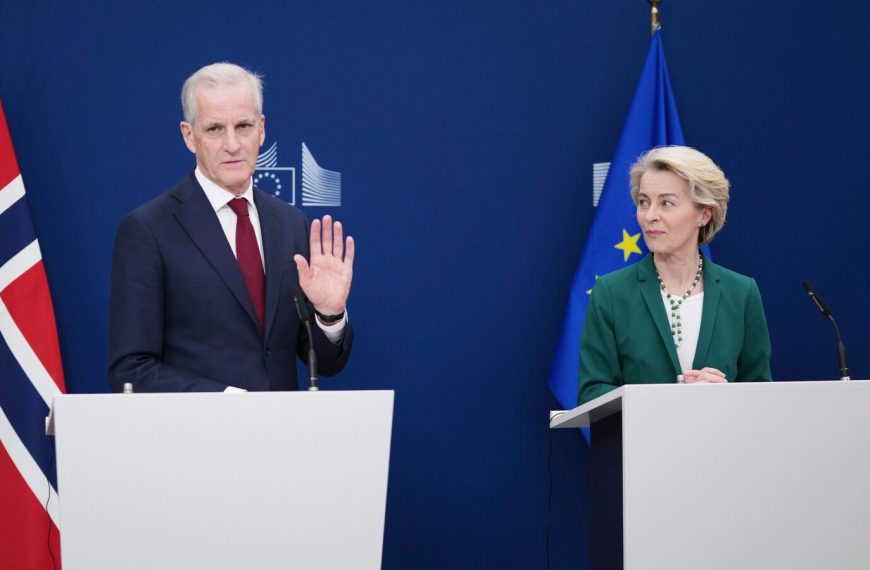The People’s Bank of China (PBOC) has made a significant announcement that will reshape the lending landscape. Starting Tuesday, banks will have the opportunity to bid for one-year loans at varying interest rates, allowing qualified lenders to access fixed monthly amounts. This change is designed to cater to the diverse financial needs of institutions while ensuring adequate liquidity within the banking sector.
New Bidding Process for Loans
The PBOC’s new approach signifies a departure from its previous reliance on the Medium-term Lending Facility (MLF) as the primary policy rate. Instead, the central bank is streamlining its framework, with the seven-day reverse repo rate now serving as the main tool to direct monetary policy.
- Key Highlights:
- Banks can now bid for loans at different rates.
- Fixed loan amounts will be allocated monthly.
- The shift aims to enhance liquidity in the banking system.
Frances Cheung, who leads FX and rates strategy at Oversea-Chinese Banking Corp, noted that this bidding mechanism is a strategic move to reduce the influence of the MLF rate as a guiding indicator. “The introduction of a bidding process for fixed volumes will allow policymakers to better understand market demand and interest rate levels,” she explained.
Strategic Liquidity Injection
In a noteworthy decision, the PBOC also announced plans to infuse 450 billion yuan (approximately $62 billion) into the financial market on Tuesday. This liquidity boost arrives just as 387 billion yuan of MLF loans are set to mature this month, resulting in a net liquidity injection of 63 billion yuan through this lending tool.
- Key Figures:
- 450 billion yuan: Planned liquidity injection.
- 387 billion yuan: Maturing MLF loans this month.
- 63 billion yuan: Net liquidity increase.
This proactive measure by the central bank is aimed at stabilizing the financial system and ensuring that banks have the necessary funds to meet their lending requirements. As the PBOC continues to adapt its monetary policy framework, the banking sector can expect to see enhanced flexibility and responsiveness to market conditions in the coming months.
For more insights on China’s monetary policy changes, check out additional resources on inflation trends and banking regulations.











